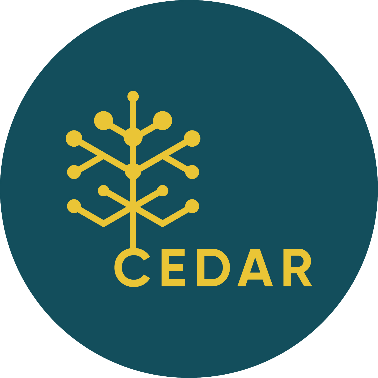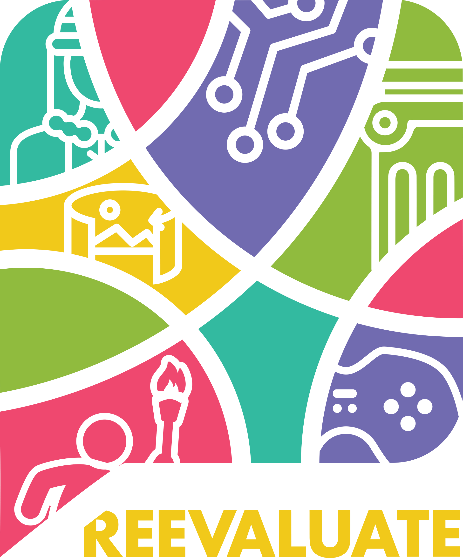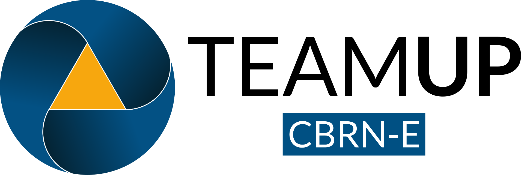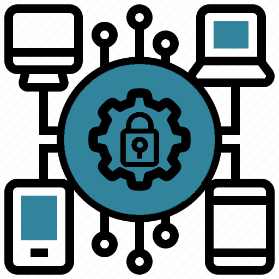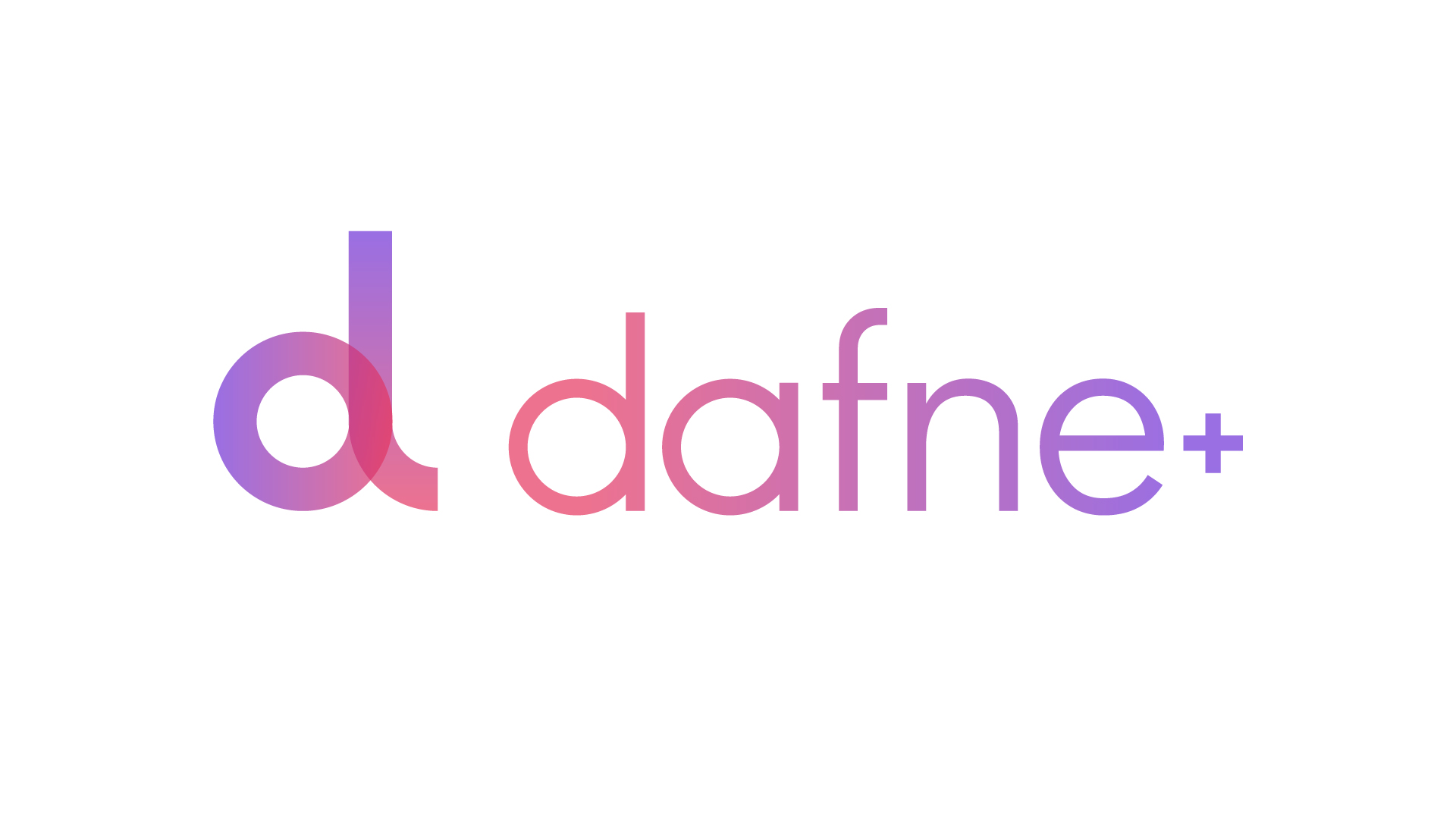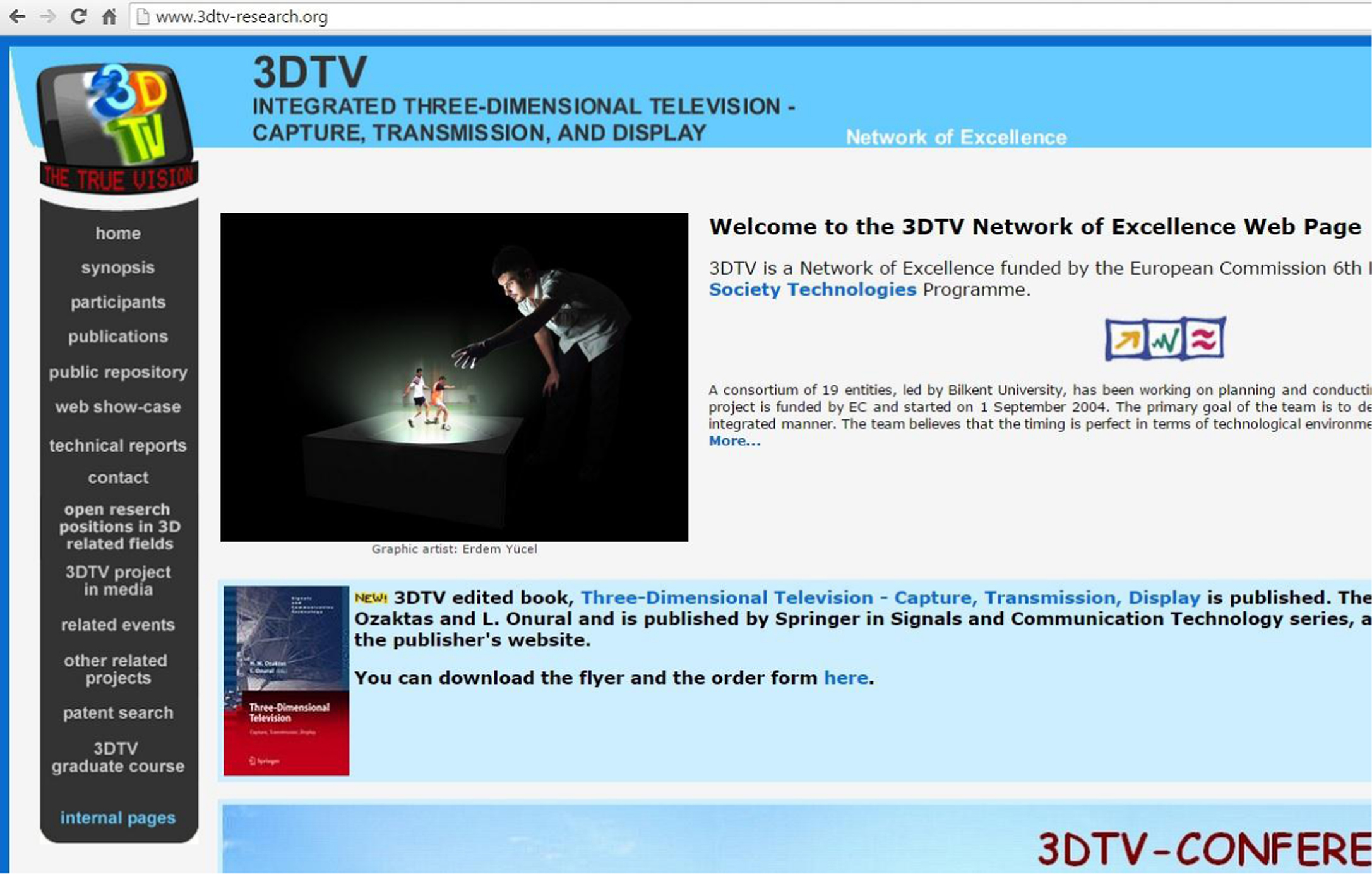Automatic Detection and Modelling of 2D and 3D Changes in the Urban Environment from multi-Modal, multi-Temporal Remote Sensing Data

UrbanMonitor
Two-dimensional and three-dimensional urban changes is an urgently needed thematic map product for most municipalities, city planning and cadastral offices, all over the world, for monitoring the dynamic processes occurred in the complex urban environment. Given that recent second generation remote sensing sensors can provide continuously data of higher spatial, spectral and temporal resolution, for cost-effective urban monitoring systems it is imperative to go beyond the current manual photo-interpretations or semi-automated processing procedures to a paradigm where an automated processing algorithm can handle and register multitemporal, multi-modal data and can efficiently detect, extract and model urban changes both in 2D and 3D. Towards this end, the proposed basic research aims at the development of cutting edge technology for the automated, efficient and accurate detection and modeling of 2D and 3D urban changes. To address the complexity of the given problem, experienced and acknowledged researchers from the fields of remote sensing, computer vision and pattern recognition will collaborate and bring together state-of-the-art methodologies. They will design, develop, evaluate and compare novel approaches for urban modeling and change detection. More specifically, the goal of the project is to provide fundamental answers and automated, generic solutions:
- for the registration of multi-modal data, and for the change detection and modeling
- with multiple shape priors and discrete optimization,
- with an unsupervised knowledge-based classification procedure,
- with procedural modeling and shape grammars and
- with hypothesis testing algorithms and geometric modeling.

